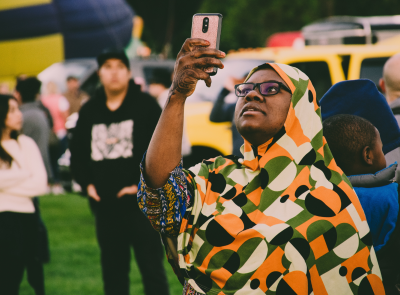Digital Organizing: Who Should Run It?
In part 1 of this series I discussed the differences between communications (developing, cultivating, and maintaining an organizational identity or brand image) and digital organizing (focused on meeting the goals of field organizing campaigns).
Bottom line: the two functions share many tools such as email, SMS and social media, but have different goals and measures for success. And not understanding those differences can sink your organization’s ability to succeed.
So how should organizations structure the digital organizing function and who should own it? I don’t think anyone has a definitive answer to that question yet, but here are some options to consider:
Option 1: The Communications Department
Advantages: Communications team has expertise in the use of digital tools such as SMS, social media, and email. The team is wholly dedicated to communications work and doesn’t have competing responsibilities for field work.
Disadvantages: Communications team doesn’t have field expertise, doesn’t understand the needs of field campaigns and may not have enough staff to manage traditional communications functions while also meeting the needs of fast moving campaigns where responses are needed in a matter of hours.
Potential ways to mitigate the disadvantages:
– Create a smaller team within the communications function assigned to work with field staff (this of course depends on having enough staff resources).
– Have the communications team meet regularly with the field team to gain a better understanding of field strategy and meeting field needs.
– Have communications staff spend time in the field to better understand the field work and how digital tools can be used to support the field.
Option 2: The Field Organizing Team
Advantages: Field team understands the needs of the campaign and sees directly how digital tools impact organizing goals.
Disadvantages: The field organizing team doesn’t have the subject matter expertise to use digital tools effectively or the capacity to take on digital work in addition to their field work.
Potential ways to mitigate the disadvantages:
– Train field organizers on using digital tools and hold them accountable for digital goals and metrics
– Assign digital organizing to specific members of the field team to avoid conflicts between field work and digital work. This depends on capacity and the willingness of field staff to be reassigned to what is essentially a new function.
Option 3: Communications Staff is Embedded in Field Team and Reports to Organizing Director
Advantages: Communications professionals have subject matter expertise. Embedded communications staff ensures that field needs do not conflict with the needs of the communications department. Communications staff is able to collaborate closely with field team, including participating in strategy sessions.
Disadvantages: Communications professionals on field teams can become isolated from their peers in the comms department and lose out on opportunities to build and maintain subject matter expertise. Conflicts can arise between communications professionals and field staff who do not understand each other’s roles. Successful integration of communications staff with the field team requires a strong manager with a clear strategic focus.
Potential ways to mitigate the disadvantages:
– Comms professionals on the field team meet regularly with communications department to share knowledge and keep subject matter skills up to date.
– Organizing director clearly communicates roles and expectations to the field team and emphasizes the importance of digital to meeting organizing goals.
– Mutual education: field and communications staff train each other on their roles, gain a greater understanding of the contributions each make to campaigns.

